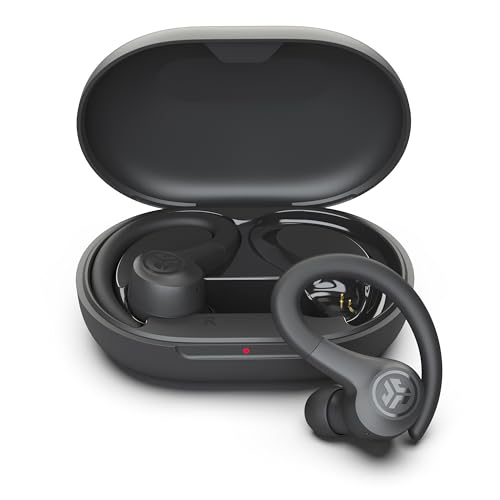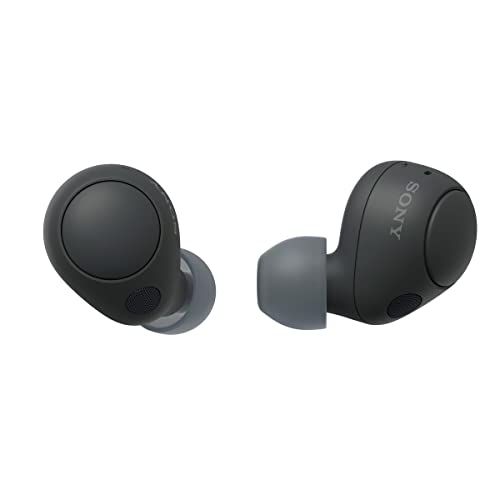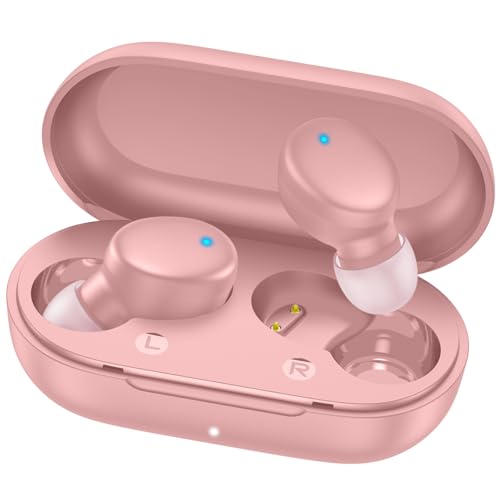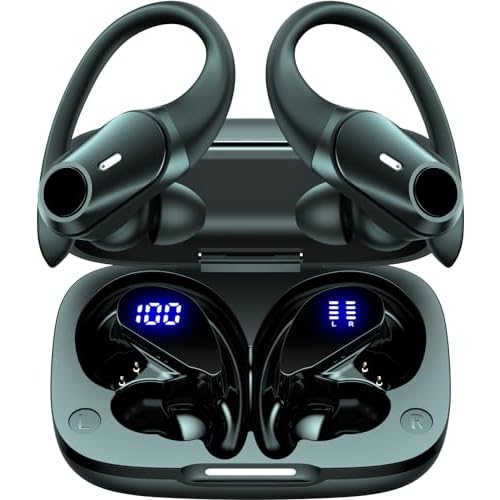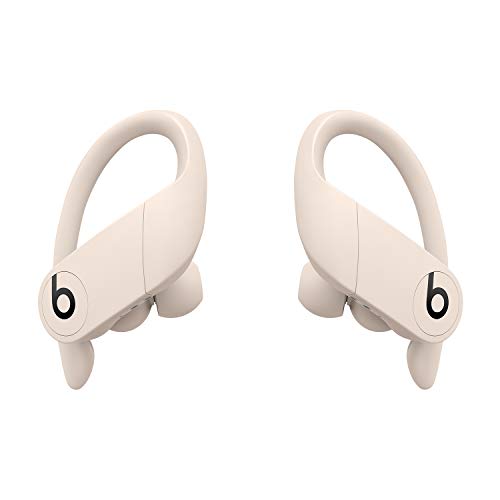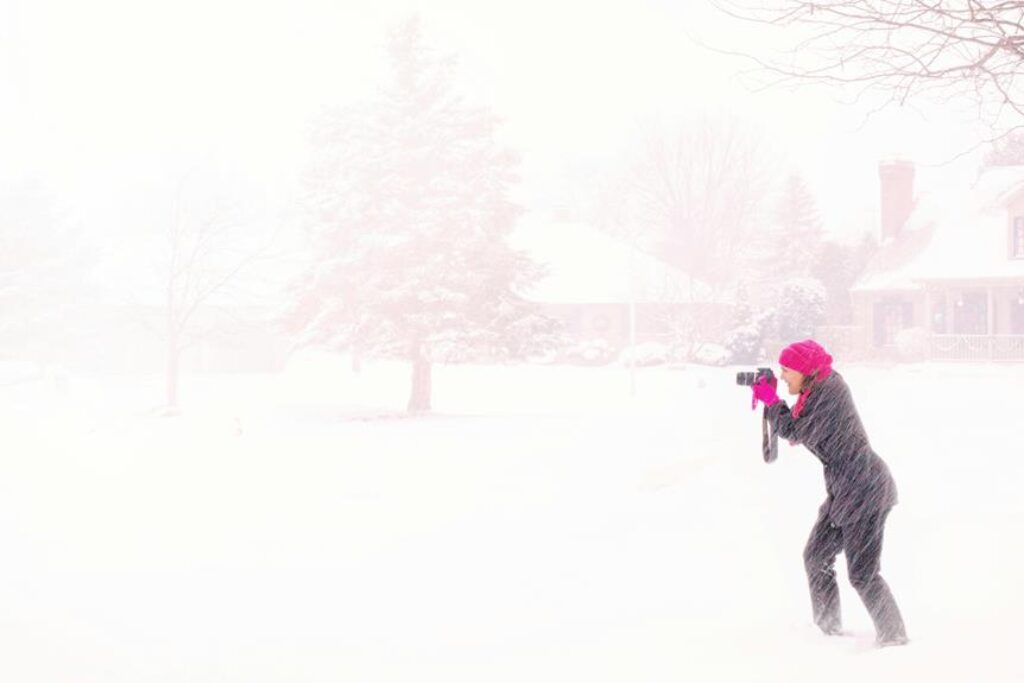
When venturing into challenging environments, you rely on your weather-sealed camera to withstand the elements and deliver reliable performance. But how do these cameras truly fare when put to the test in harsh conditions? From battling extreme temperatures to enduring rugged terrains, the resilience of weather-sealed cameras is a topic of great interest. Let’s explore how these robust devices hold up in the face of adversity and what factors come into play when capturing those unforgettable moments amidst nature’s toughest challenges.
Overview of Weather-Sealed Cameras
Weather-sealed cameras provide protection against environmental elements, ensuring durability and reliability in challenging conditions. These cameras are designed with special seals and gaskets that prevent dust, moisture, and other debris from entering the delicate internal components. When you’re out in the field, whether it’s raining, snowing, or dusty, you can trust that your weather-sealed camera will continue to function optimally.
The robust construction of weather-sealed cameras makes them ideal for outdoor enthusiasts, landscape photographers, and anyone who works in demanding environments. You won’t have to worry about sudden weather changes or accidental splashes ruining your equipment. With a weather-sealed camera, you can focus on capturing the perfect shot without being hindered by external factors.
In addition to protection against the elements, weather-sealed cameras often feature rugged exteriors that can withstand minor bumps and knocks. This added durability ensures that your camera remains intact even during rough handling or transportation. When you invest in a weather-sealed camera, you’re not just getting a reliable tool – you’re getting peace of mind in knowing that your gear can handle whatever nature throws at it.
Testing Durability in Extreme Environments
To evaluate the durability of cameras in extreme environments, rigorous testing protocols are implemented to simulate real-world conditions and ensure optimal performance under harsh circumstances. Manufacturers subject weather-sealed cameras to a battery of tests to gauge their resilience. These tests may include exposure to high levels of dust, water, extreme temperatures, and even mechanical shocks.
Cameras are often subjected to water spray tests to determine their waterproof capabilities and ensure they can withstand heavy rain or snow. Additionally, temperature chambers are utilized to test how well the cameras function in both extreme heat and cold. Some tests involve dropping the cameras from specific heights to assess their shock resistance.
Impact on Image Quality
Subjecting weather-sealed cameras to harsh conditions can impact their image quality in various ways, highlighting the importance of understanding how these factors influence the final results.
Extreme temperatures, such as intense cold or heat, can affect the performance of the camera sensor, leading to increased noise levels in images. In cold environments, the battery life may decrease rapidly, impacting the camera’s ability to function optimally.
Moisture and humidity can also be detrimental, causing fogging on the lens or even internal condensation, which can degrade image quality and potentially damage internal components.
Additionally, exposure to dust, sand, or salt particles in windy or sandy environments can lead to scratches on the lens or sensor, affecting image sharpness and clarity.
Understanding these potential impacts on image quality is crucial when using weather-sealed cameras in harsh conditions, as it allows photographers to anticipate and mitigate these challenges for better results.
Tips for Maximizing Performance
When facing challenging conditions with your weather-sealed camera, optimizing its performance becomes key for achieving top-notch results. Here are some tips to help you get the most out of your camera in harsh environments:
Firstly, make sure to regularly clean the camera’s weather seals to maintain their effectiveness. Dust, sand, and moisture can degrade the seals over time, compromising the camera’s protection.
Secondly, be mindful of temperature variations. Sudden changes in temperature can cause condensation inside the camera, so it’s essential to acclimatize your gear gradually when moving between different environments.
Additionally, consider using a lens hood or a protective filter to shield the lens from elements like rain, snow, or sea spray. This extra layer of protection can help preserve image quality and prevent damage to the lens.
Lastly, always carry spare batteries and memory cards in case the extreme conditions drain your resources faster. Being prepared will ensure that you can continue shooting without interruptions.
Tech products


